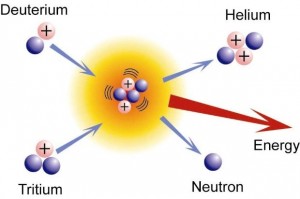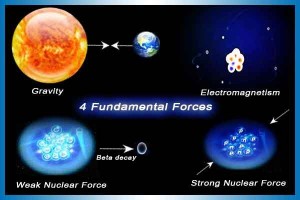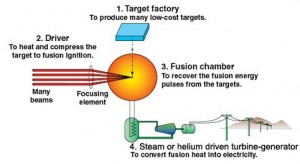The term ‘sustainable development’ was first used by the Brundtland Commission in its 1987 report Our Common Future. It defined sustainable development as “development that meets the needs of the present without compromising the ability of future generations to meet their own needs.” Two factors critical to sustainable development are access, at reasonable coats, to adequate supplies of energy and clean water. It is in this context that we consider issues of gender equity, which is a core development objective in its own right. It is also clear that gender equity is a key to successful development.
For purposes of development gender is a social and not a biological construct. It refers to a set of relations, including power relations, which define social function on the basis of sex. Thus, gender relations can be changed, and while gender relations are not inherently oppressive, all too often they are oppressive of women. Where gender equity (equality) is missing, meaning that women and men do not have equal conditions for realizing their full human rights and potential to contribute to national, political, economic, social and cultural development, and to benefit from the results, there are serious negative consequences for development.
Women head one-third of the world’s families (in parts of Latin America families headed by women are the majority) and frequently are the financial mainstays of and principal energy and water providers for their families. They are responsible for half of the world’s food production, and produce between 60 and 80 percent of the food in most developing countries. To produce adequate sanitation, food, and energy for cooking, women and girls must first ‘produce’/gather water, firewood, charcoal and dung. It is known that in developing countries women and girls spend many hours each day doing so. This reduces significantly the time they might otherwise use for education, community involvement and cottage industries that generate revenue. If safe and reliable water sources do not exist nearby they are forced to pay exorbitant prices to street vendors or rely on unsafe local water resources. This has major implications for hygiene and the spread of diseases among poor women and their families. They are also harmed by inhaling the smoke and particulates associated with burning biomass and cooking in confined spaces. Finally, poor women’s access to energy and water is less than that of poor men because decisions are most likely made by men and the needs of women are often ignored or undervalued. This has led to a situation where women are among the poorest of the poor in most parts of the world, leading to a ‘feminization of poverty’.
While it is true that the lives of many women and girls has changed dramatically in some areas over the past several decades, it is also true that progress toward gender equity has been limited in others, including developed countries. The different positions of men and women in societies are influenced by historical, religious, economic, and cultural factors, all of which are difficult and slow to change.
Two international development organizations committed to improving gender equity are the United Nations (UN) and the World Bank. Many UN programs either focus on gender equity (e.g., UN Women: UN Entity for Gender Equality and the Empowerment of Women) or recognize the central role of women in many development activities (e.g., the Johannesburg Plan of Implementation arising from the 2002 Rio World Summit on Sustainable Development, and the activities of the Food and Agriculture Organization/FAO of the UN).

The World Bank has a broad range of programs as well, including the 2007 launch of its Gender Action Plan which provides support to women and girls in traditional economic sectors, GenderStats, a compilation of data at the country level on key gender topics, and an Advisory Council on Gender and Development. Another organization worth mentioning here is Energia, “an international network on gender and sustainable energy which links individuals and groups concerned with energy, sustainable development, and gender.” It was founded in 1985 and is now active in many countries on several continents.
Aside from the immorality of denying women equality with men, it is also bad economics. To quote the World Bank’s Gender Overview: “Under-investing in women puts a break on poverty reduction and limits economic and social development. Gender equality is a long-term driver of competitiveness and equity that is even more important in an increasingly globalized world. No country can afford to fall behind because it is failing to enable women and men to participate equally in the economy and society.”
A few numbers will help to illuminate the problem: “Of the estimated two million annual deaths attributed to indoor air pollution generated by combustion of fuels such as coal, wood, charcoal and dung, 85% are women and children who die from cancer, acute respiratory infections and lung disease.” (World Health Organization and UNDP, 2009). “..illnesses from indoor pollution results in more deaths of women and children annually than HIV/AIDS, malaria! tuberculosis and malnutrition combined.” (International Institute for Sustainable Development, 2013).
The good news is that two-thirds of all countries have now reached gender parity in primary education, and in over one-third girls significantly outnumber boys in secondary education (see World Development Report: Gender Equality and Development, World Bank, 2012). Unfortunately, these gains have not been universal and too many women are still dying in childbirth, lack the ability to participate in decisions that affect them, their families, and their communities, and are limited in their economic opportunities. There is still much work to be done.








